




Table of Contents
- Introduction
- What is Open Space Reservation (OSR)?
- Key Points About Open Space Reservation
- Benefits of Open Space Reservation
- Conclusion
- Faq's
Introduction
As urban development continues to expand, maintaining green spaces is essential for sustainability and community well-being. Open Space Reservation (OSR) is a mandatory requirement in many cities, ensuring that a portion of a plot is preserved as open space. These designated areas cannot be built upon and are intended for public use, promoting recreation, environmental balance, and social interaction. This article explores the key aspects of OSR, its regulations, exemptions, and why it is crucial for urban planning.
What is Open Space Reservation (OSR)?
Open Space Reservation (OSR) is a legal provision that requires a specific percentage of a plot to be dedicated as open space. This space is usually meant for parks, gardens, or other recreational areas that benefit the community. OSR regulations vary by location and are typically outlined in a city's Development Control Regulations (DCR).
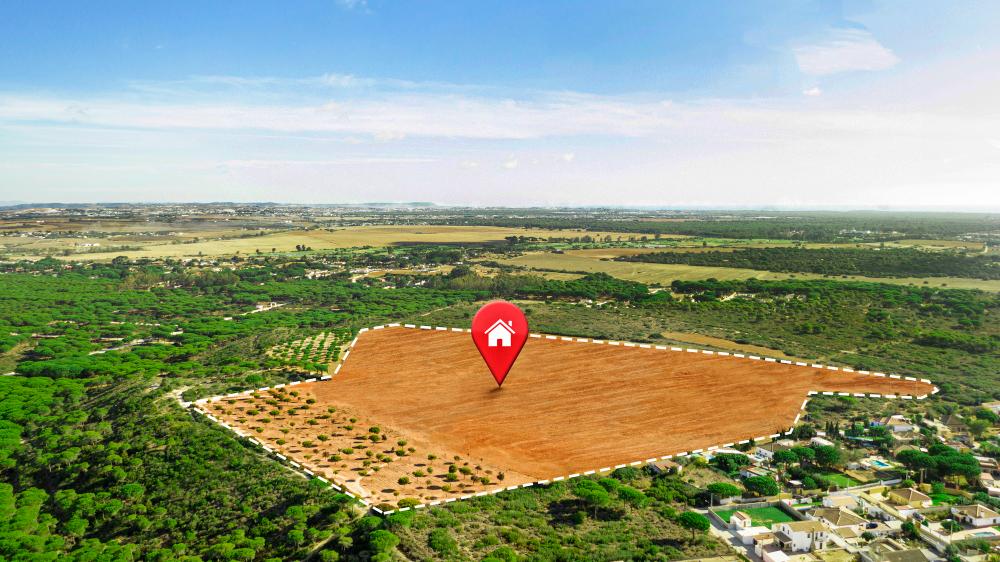 Open Space Reservation (OSR)
Open Space Reservation (OSR)
Key Points About Open Space Reservation
1. Percentage Requirement
Most city regulations mandate that 10% of the total plot area must be reserved as open space. However, this percentage can vary depending on local laws and zoning regulations. The requirement ensures that developed areas maintain green spaces for residents.
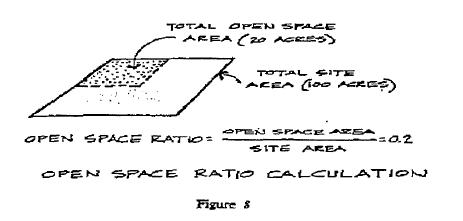 Open Space Ratio Calculation
Open Space Ratio Calculation
2. Purpose of OSR
The primary objectives of OSR include:
- Providing recreational spaces such as parks and playgrounds.
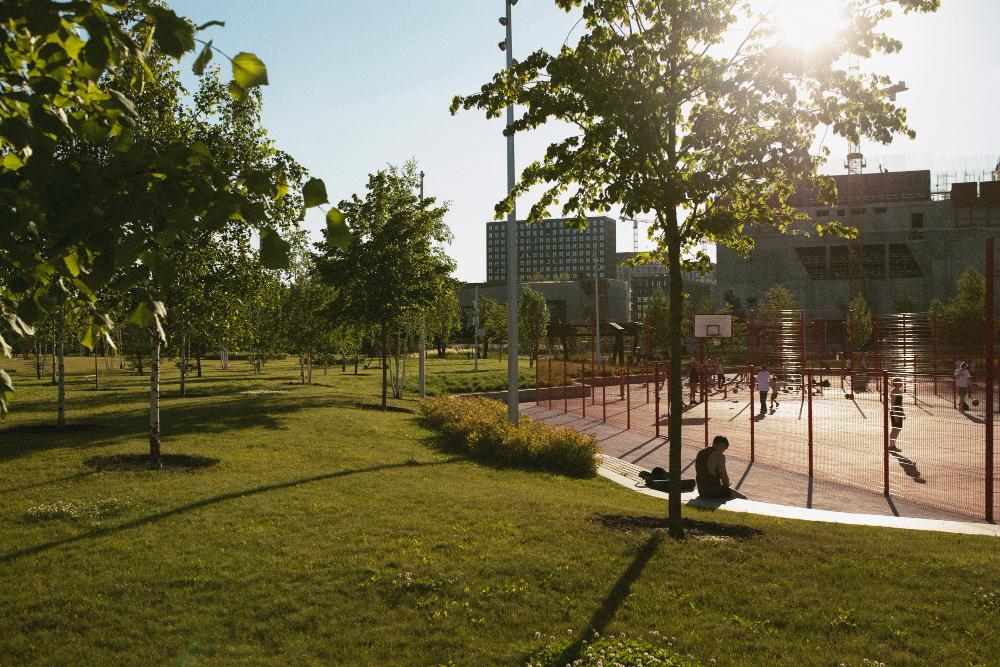 Recreational Spaces
Recreational Spaces
- Enhancing environmental sustainability by reducing heat islands and improving air quality.
- Encouraging community engagement through open gathering spaces.
- Contributing to urban aesthetics by maintaining landscaped areas within residential and commercial zones.
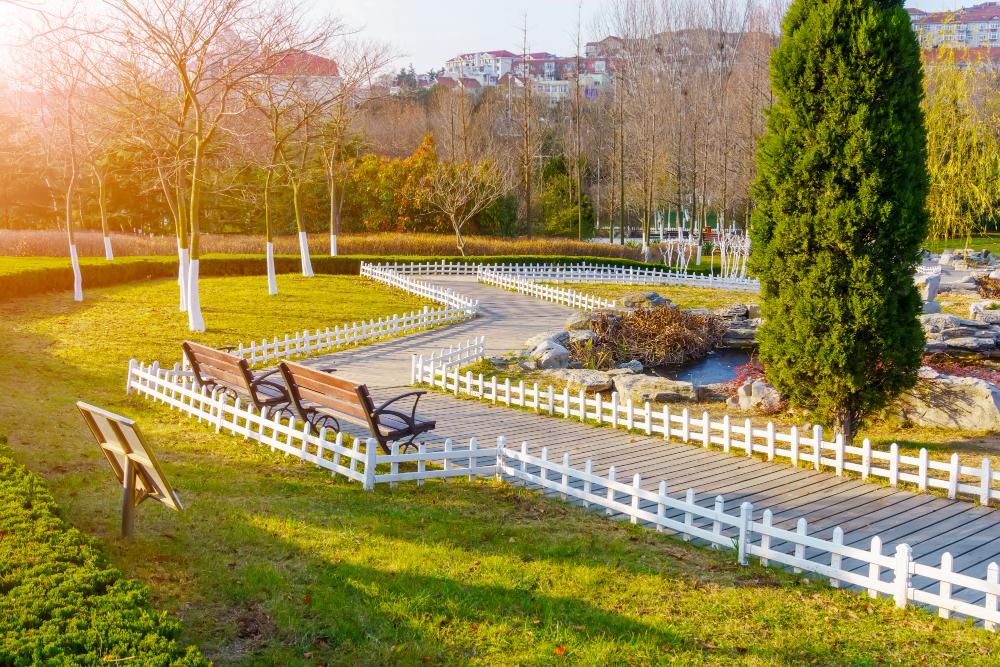 Landscaped Areas
Landscaped Areas
3. Exemptions & Special Cases
Certain plots, particularly smaller land parcels, may qualify for exemptions from OSR requirements. In such cases:
- Developers may pay a compensatory fee in lieu of providing OSR.
- Justifications must be submitted if the full OSR percentage cannot be allocated.
- The exemption rules vary by city and are subject to approval from urban planning authorities.
4. Role of Development Control Regulations (DCR)
Each city has its own Development Control Regulations (DCR) that outline OSR requirements, including:
- The minimum percentage of land to be reserved.
- The types of developments that must comply with OSR mandates.
- Guidelines on how OSR should be designed, maintained, and transferred to local authorities.
5. Important Aspects to Consider
Developers and property owners must take several factors into account when complying with OSR regulations:
- Land Calculation: OSR is calculated excluding roads and other infrastructure areas within the property.
- Design & Maintenance: The reserved space should be well-maintained and accessible to the public, with provisions for landscaping, seating, and walking tracks.
- Transfer to Authorities: In many cases, the OSR land must be handed over to the local municipal body or relevant authority for long-term upkeep and management.
Benefits of Open Space Reservation
- Improves Quality of Life: Green spaces enhance mental and physical well-being.
- Boosts Property Value: Proximity to parks and open spaces increases real estate value.
- Supports Biodiversity: Helps conserve plant and animal life in urban environments.
- Enhances Air Quality: Trees and vegetation in OSR spaces reduce pollution.
- Promotes Sustainable Urban Development: Ensures cities remain livable despite increasing construction.
Conclusion
Open Space Reservation (OSR) is a critical aspect of urban development, ensuring that cities maintain a balance between infrastructure growth and environmental sustainability. By preserving green spaces, OSR regulations contribute to healthier, more livable communities. Developers, property owners, and residents must understand and adhere to these rules to create better urban environments for future generations.
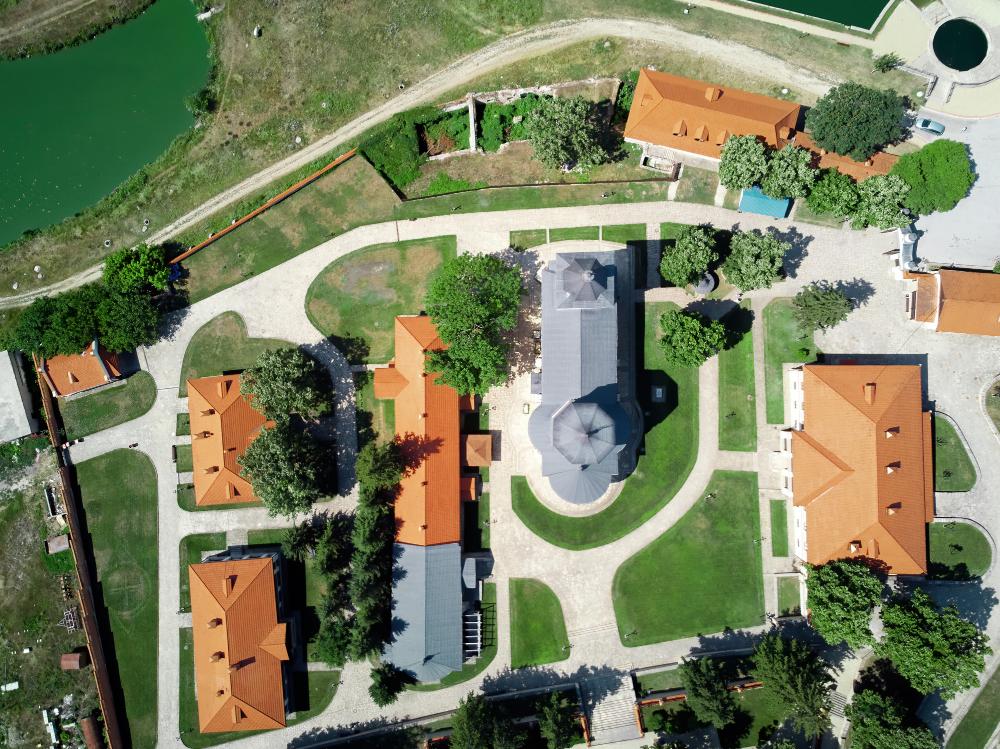 Open Space Reservation (OSR)
Open Space Reservation (OSR)
explore further
Latest from Sustainable
More from Innovations
Resources
Dwello, for every home buyer, is a way to go from 'I feel' to 'I know', at no extra cost.




